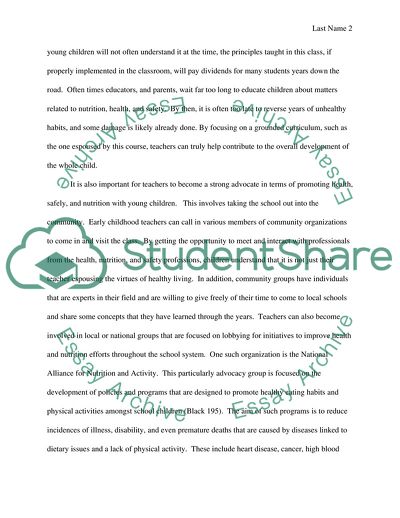Cite this document
(Curriculum Intervention in Preschool Children: Nutrition Matters Assignment Example | Topics and Well Written Essays - 2000 words - 3, n.d.)
Curriculum Intervention in Preschool Children: Nutrition Matters Assignment Example | Topics and Well Written Essays - 2000 words - 3. https://studentshare.org/education/1852926-education
Curriculum Intervention in Preschool Children: Nutrition Matters Assignment Example | Topics and Well Written Essays - 2000 words - 3. https://studentshare.org/education/1852926-education
(Curriculum Intervention in Preschool Children: Nutrition Matters Assignment Example | Topics and Well Written Essays - 2000 Words - 3)
Curriculum Intervention in Preschool Children: Nutrition Matters Assignment Example | Topics and Well Written Essays - 2000 Words - 3. https://studentshare.org/education/1852926-education.
Curriculum Intervention in Preschool Children: Nutrition Matters Assignment Example | Topics and Well Written Essays - 2000 Words - 3. https://studentshare.org/education/1852926-education.
“Curriculum Intervention in Preschool Children: Nutrition Matters Assignment Example | Topics and Well Written Essays - 2000 Words - 3”. https://studentshare.org/education/1852926-education.


